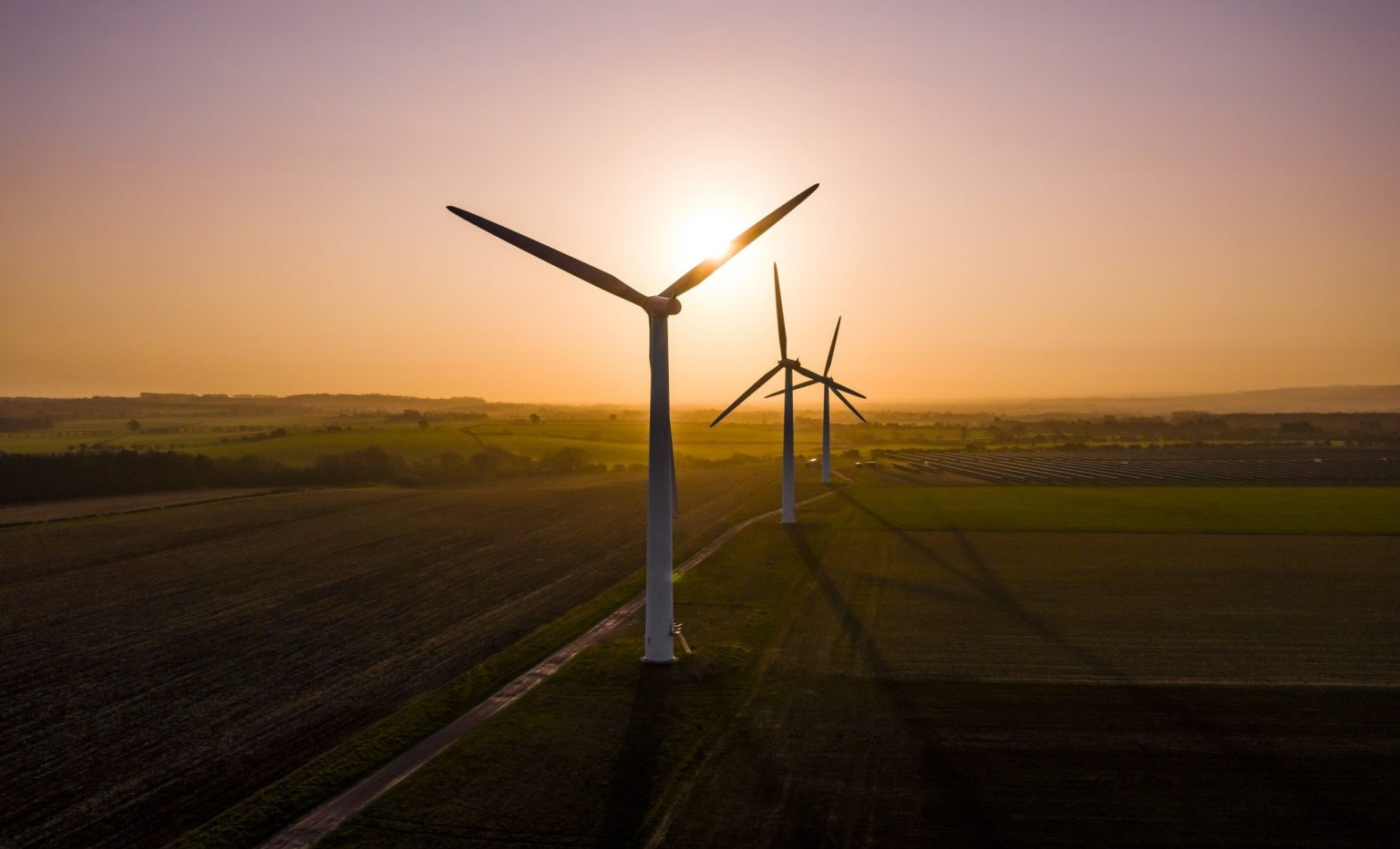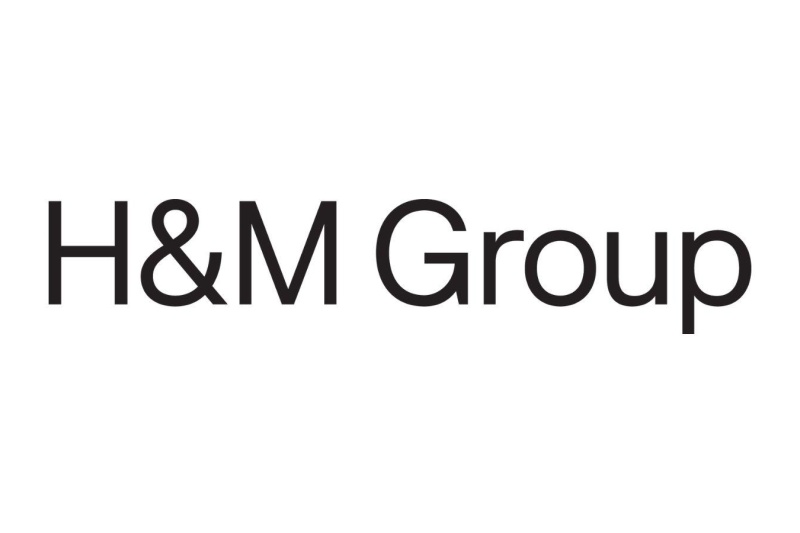
POWER SECTOR
The power sector plays a key role in decarbonizing the global economy. Companies in this sector are encouraged to set science-based targets using the Quick Start Guide for Electric Utilities. The SBTi is also building on its existing guidance with the development of a more comprehensive Power Sector Standard.
Guidance for the power sector
Why take action?
The power sector is currently the largest source of CO2 emissions globally. Both emerging and developing economies continue to increase their electricity demand, which is expected to grow globally by 3.4% annually through 2026. Transportation and industrial heat electrification, data centers, artificial intelligence and the cryptocurrency sectors are also significant drivers for the growth in electricity demand, equivalent to Japan’s total electricity consumption.
Standing at the forefront of the net-zero transformation due to the expansion of renewable energy sources, the power sector has a critical role to play in tackling the devastating impacts of climate change. A significant and growing segment of final energy consumption is met by purchased electricity – therefore, efficiency improvements in electricity generation will benefit the power sector and cascade down the value chain.
Developing a target-setting standard for companies in the power sector
The SBTi has released new details of its plans to update its resources for the power sector into a standard to align with its Corporate Net-Zero Standard, and incorporate best available practices for the sector to decarbonize. This standard will contain criteria and recommendations for electric utilities and power generation companies to set near- and long-term science-based targets in line with 1.5°C. The plans, including topics to be addressed and timelines are outlined in the project Terms of Reference (TOR).
Aligning the power sector with 1.5°C
As the Power Sector Standard develops, electric utilities must continue to use SBTi’s pathway for the power sector to set science-based targets in line with limiting global warming to 1.5°C. The SBTi has welcomed dozens of power companies from around 20 countries so far. Join them today. Commit to set a target and use our guidance to develop and submit a target for validation:
Businesses can also use the SBTi Criteria Assessment Indicators (CAI) to understand the relevant criteria by sector or target type. The CAI consolidates all criteria across SBTi resources, providing businesses with verifiable control points to use when developing science-based targets. It also provides clear and concise descriptions of the minimum documentation required to demonstrate alignment with each criteria point.
This project is being developed by the SBTi with support of Mott MacDonald. Stakeholder involvement is possible via the following groups:
Expert Advisory Group: Composed of technical experts from corporates, finance, academia, research, government, non-profit and multilateral organizations, interested in setting science-based targets and contributing to the project execution. EAG members provide technical advice over the duration of the project. This volunteer advisory role informs the development of practical and ambitious standards.
The SBTi Power Sector Standard EAG consists of the following individuals:
Luisa Barros - WayCarbon
Rémi Bussac - EDF group
Cristian Carraretto - European Bank for Reconstruction and Development (EBRD)
Simone Cenci - University College London
Steven Clarke - Ceres
Clare Connolly - Eversource Energy
Ihab Elmassry - The International Finance Corporation (IFC)
Omonigho Erigha - Persistent Energy Capital
Patrick Falwell - Green Strategies
Lígia Fernandes - EDP, S.A.
Adiéliton Freitas - CEMIG (Companhia Energética de Minas Gerais)
Dan Gardiner - IIGCC
Svend Hansen - Ørsted
Lena Kovaleva - CDP
Kit Fong Law - CLP Holdings
Celine Le Goazigo - World Business Council for Sustainable Development (WBCSD)
Sabrina Meddahi - GreenYellow
Colin Meehan - WWF US
Raul Miranda - IRENA
Monica Oviedo - Iberdrola
Amaro Pereira - Federal University of Rio de Janeiro
Brendan Pierpont - Energy Innovation, LLC
Tomas Qvickström - Fortum (Nordic and Poland)
Jonathan Rea - RMI
Pierre-Alain Sebrecht - Reclaim Finance
Laurent Segalen - Megawatt-X
Alex Sutton - SSE plc
Kae Takase - Renewable Energy Institute
Balasubramanian Viswanathan - Sustainable Energy for All (SEforALL)
Belinda Wade - The University of Queensland
Yanxiang (Shawn) Wang - PwC
In line with its Standard Operating Procedure for the Development of Standards, from May to July 2024, the SBTi called for experts with deep understanding of the power sector, global climate change mitigation and science-based target setting to apply to the EAG for this project.
Public consultation: All stakeholders will be able to provide feedback on each project component through a public consultation process.
Pilot testing: Companies will be able to apply to voluntarily pilot the implementation of the draft Power Sector Standard.
These opportunities will be promoted on the SBTi website, newsletter and social media platforms.
In 2020 the SBTi with support from CDP released the 1.5°C-aligned pathway and guidance to support electric utilities in setting science-based targets that meet specific requirements for the sector. The Quick Start Guide for Electric Utilities underwent an expedited development and consultation process, which focused on the selection of 1.5°C-aligned pathways for the power sector, and clarification of target-setting boundary options and requirements. The SBTi is now revising these resources into a Power Sector Standard.
- May 2024: The SBTi published the TOR to update its current guidance into a Power Sector Standard, and called for experts to apply to be part of the project's EAG.
- June 2020: The SBTi published the Quick Start Guide for Electric Utilities e and updated the target-setting tool.
- March 2020: The Scientific Advisory Group was invited to comment to ensure consistency between selected 1.5°C pathways and the most recent science.
- March 2020: A consultative webinar was convened to gather feedback on proposed approaches to selecting 1.5°C-aligned scenarios and potential adjustments to the SBTi’s sector-specific assessment criteria.
- December 2019: Publication of timeline and consultation opportunities on the SBTi website.
- August 2019: Project to develop the Quick Start Guide for Electric Utilities commenced.
- Download Setting 1.5°C-aligned Science-based Targets: Quick Start Guide for Electric Utilities
- Download the Corporate Near-Term Tool
- Download the Quick Start Guide for Electric Utilities Supplementary Material
- Power Sector Standard Terms of Reference
- Expert Advisory Group Terms of Reference for the Power Sector Standard
- Request for proposal: Consultancy support for the Power Sector Standard development
Companies are invited to familiarize themselves with the SBTi cross-sector resources, including the Getting Started Guide for Science-Based Target Setting, followed by reviewing the requirements of target setting in the Corporate Near-Term Criteria for near-term targets or the Corporate Net-Zero Standard Criteria for net-zero targets. To understand these requirements in more depth, companies should then review the Procedure for Validation of SBTi Targets, use the Corporate Near-Term Tool and the Corporate Net-Zero Tool to begin developing targets, and use the Criteria Assessment Indicators (CAI) document to ensure its science-based targets submissions are in line with the SBTi criteria, the Land Transport Guidance and the GHG Protocol Accounting Standards.
For further information on the project email powersector@sciencebasedtargets.org
Browse more sectors
If your sector is not listed here, you can still set a science-based target using our methods and resources. Consult the step-by-step guide to get started.



